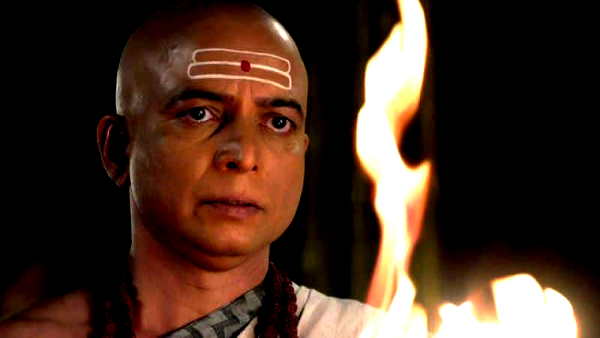Kautilya, talks about 4 Upayas, prescribed as Sama, Dana, Bheda, Danda as to establish the hegemony in his mandala for a king. These methods of persuasions and measured responses help a King consolidate his will over his mandala. Kautilya, a realist thinker and an operator is well aware of the trickery and deception which comes into the part of politics.
The 4 Upayasa, which we have already discussed in detail gives the king a better template to deal with the nations in his mandala.
These four Upayasa form the basis of the six forms of foreign policy. Apart from these six methods of diplomacy, Kautilya describes 3 more methods of diplomacy.
They are
1) Upeksha
2) Maya
3) Indrajala
1.Upeksha – Ignoring the enemy
Upeksha goes well with the aspect of Udasina. Udasina projects the Neutral Power. World nations respects neutral power for the range of flexibility a neutral power has at their disposal. Being of Udasina Attitude, one king can hide his own weakness, there by limiting his chances of being exploited.
An inferior power, when confronting a superior power in open warfare has to resort to Upeksha, a complete indifference towards the neighbor who is a superior power.
Chanakya says that, when the king, who is superior has to show measured indifference when dealing with a lesser, weaker king who can be easily conquered or who surrenders. Kautiyla says that, such weaker kings should be treated with dignity and not to rub his nose in the defeat. This way the stronger king will have, useful and grateful friends who will never forget the treatment received.
Kautilya, advises using these smaller kings to “nibble the sides” of a much stronger enemy who threatens other nations in the region as a collective effort to keep the arrogant, stronger king in check.
2. Maya – Illusion or Deceit
Maya is a very basic kind of diplomacy. Deceit plays a vital part in politics but diplomacy by trickery has a very short life and seldom helps a nation to achieve its long term objectives.
In today’s international relationship, we have seen nations using Maya as a form of tool to achieve short term benefits coupled with massive misinformation campaigns.
Different types of deception is employed in warfare coupled with diplomatic maneuvers.
2.1) Feigned Retreat
In modern warfare feigned retreat is used to lure an enemy into a position of ambush.
The countless ceasefire violations which the world has seen is part Maya.
2.2) Disinformation
Many nations, inflate their unit numbers and exaggerate the size of their army strength, military and weapon units.
China, uses this tactic of exaggeration with respect to their real capability very liberally as a practice of propaganda.
2.3) Smoke Screen
This is where a method of concealment is used to hide the kings intentions or battlefield positions in real world.
We have seen nations performing various tests in the name of research where the technology can be used to make lethal weapons for their military.
2.4) Trojan Horse
Trojan Horse is when the enemy is able to get into a fortified area under false pretense.
2.5) Strategic Envelopment
The method of establishing an elaborate distraction.
Example of Operation Mincemeat
During the Second World War, the Allies planted a corpse off the coast of Spain with a briefcase containing detailed plans to invade Europe through Greece. The Germans recovered the body and believed the ‘secret’ documents; making preparations to reinforce Greece. It was considered one of the most successful deception operations in the war.
These are some of the tools employed under Maya.
3. Indrajala – Faking Military Strength
Indrajala is the use of stratagems for victory over the enemy and according to Kautilya it comes under Bheda.
The 45th Regiment nick named the ‘Inflator Regiment’ of Russian Military, is known to have inflatable, decoys of tanks, missile Launchers and armored personnel carriers and other weapons. These expand the Camouflage capabilities of Russian Military.
The primary objective of these inflatable vehicles is misdirection where, spy planes, satellites and other reconnisance resources used by the enemy can be tricked.
Kautilya is very relevant today. It should be pointed out equally that we have a lot to learn from him. Kautilya is an excellent equation of calmness as well as shrewdness, ambition and aggression along with compassion and above all the sensible and measured use of strength.
Author: Sorcerer
Image Courtesy:India TV
You may also like
-
India Suspends Tourist Visas Issued to Chinese Nationals: IATA
-
UK PM Boris Johnson Signals Visa Flexibility with India to Win Trade Deal. Key Highlights
-
Thailand Gets India-Made Covid Vaccines Under Quad Initiative
-
Chief of Naval Staff (CNS), Admiral R Hari Kumar Visited Maldives
-
India & Finland Discuss Possible Areas of Co-Operation in Quantum Computing for Virtual Centre of Excellence (CoE)
